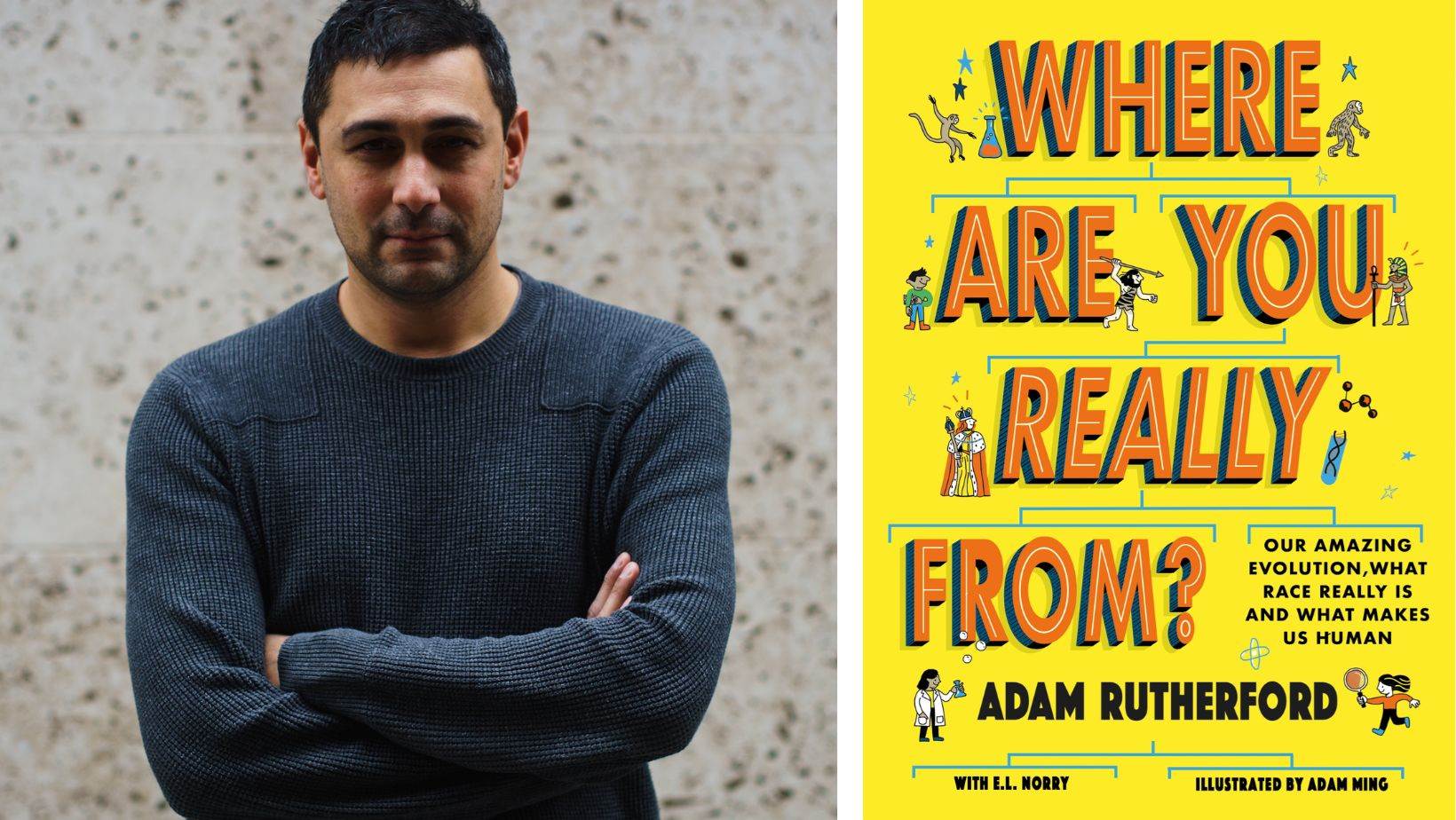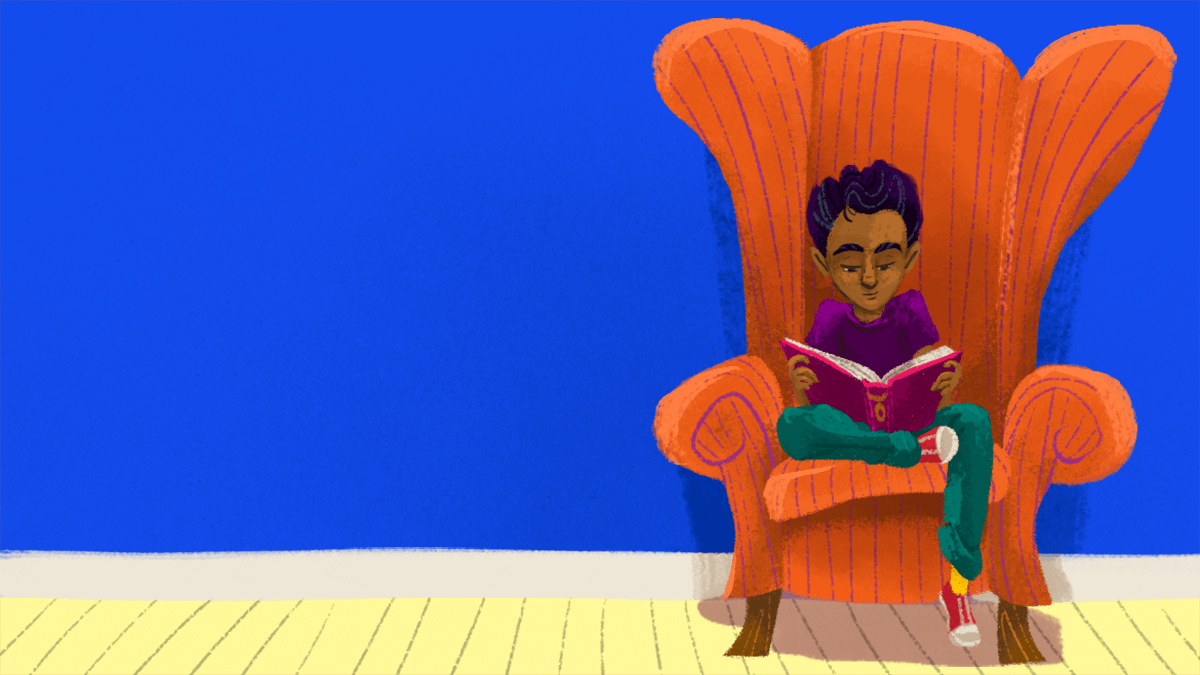You might also like...
Celebrating accent and dialect – the importance of poetry to reflect children’s identities
Poet Matt Goodfellow explains the importance of children reading and writing in their own voices.
The power of books to affirm identity and belonging
Author Atinuke shares her experience of books being a powerful tool to shine lights on forgotten areas of history and strengthen children's identities and confidence.
Jeffrey Boakye: The magic of books in urban settings
Author Jeffrey Boakye shares how important it is for children to read books set in lots of different places.


 Illustration: Erika Meza
Illustration: Erika Meza






